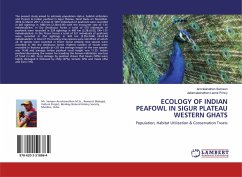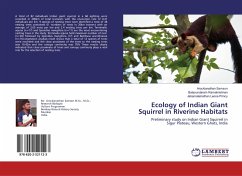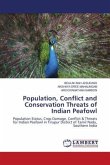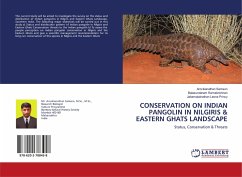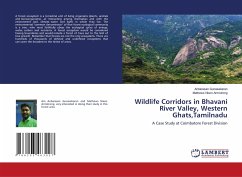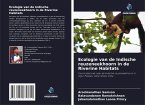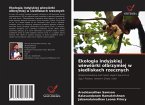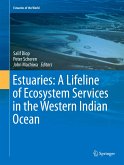The present study aimed to estimate population status, habitat utilization and threats to Indian peafowl in Sigur Plateau, Tamil Nadu on November 2016 to March 2017. A total of 1091 individuals of peafowls were recorded in 487 sightings in 1080 km (2.28±0.05) with the encounter rate of 1.01 individuals/km. In Dry Deciduous Forest a total of 570 individuals of peafowls were recorded in 224 sightings in 460 km (2.28±0.05, ER=1.01 individuals/km). In Dry Thorn Forest a total of 521 individuals of peafowls were recorded in 254 sightings in 620 km (2.05±0.06) ER=0.84 individuals/km. A total of 19 roosting trees species were identified of which all 19 species were recorded in thorn forest similarly nine species were recorded in the dry deciduous forest. Highest number of roosts were recorded in Tectona grandis (n=27) the average height of the tree species was 14.46 and average Indian peafowl roost height was 11.25. Indian peafowl decreasing the reason for invading the human habitation was loss of food (n=60). Crop damage by peafowl shows that beans (50%) were highly damaged b followed by chilly (37%), tomato (5%) and maize (4%) and Corn (1%).
Bitte wählen Sie Ihr Anliegen aus.
Rechnungen
Retourenschein anfordern
Bestellstatus
Storno

